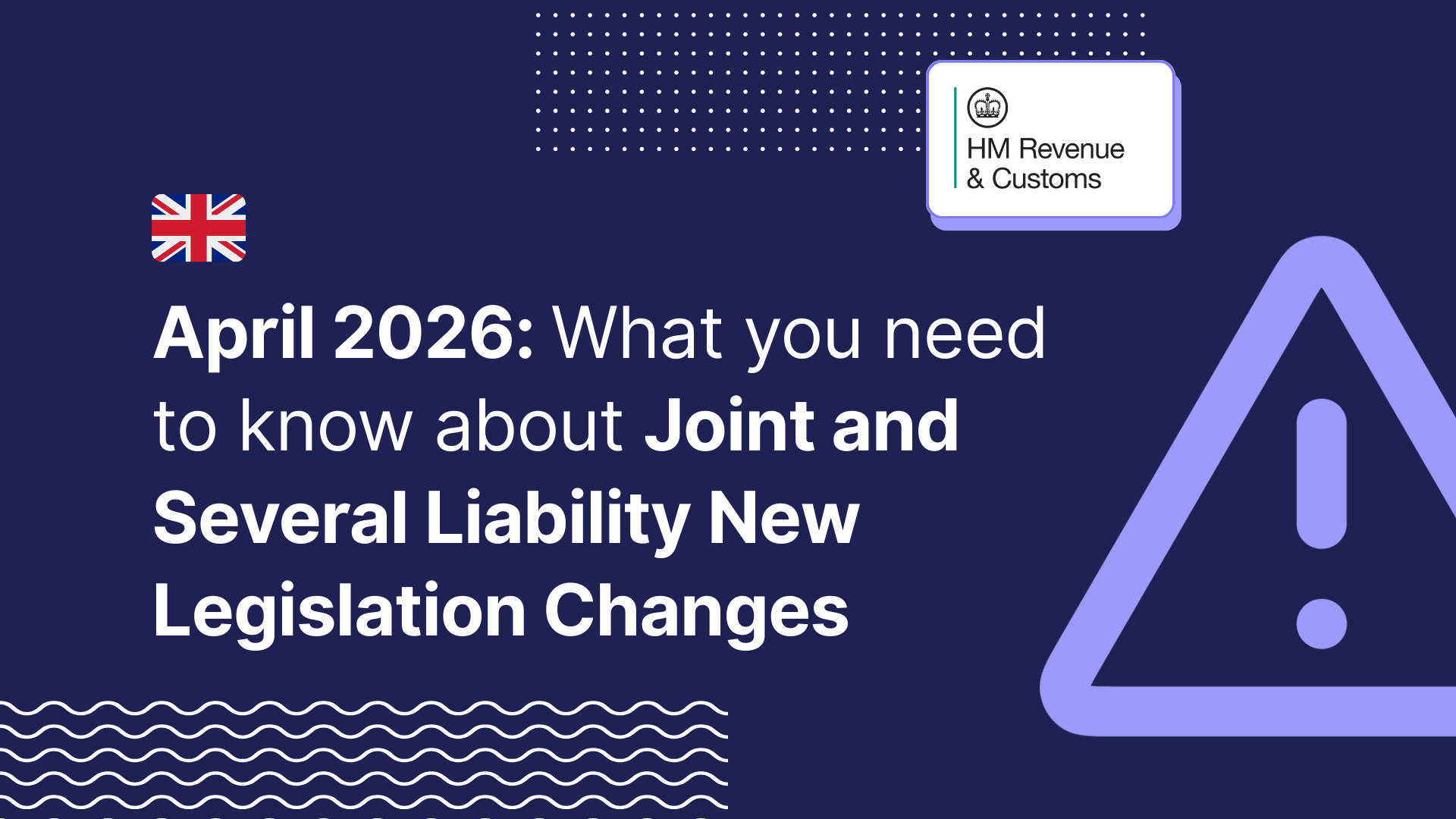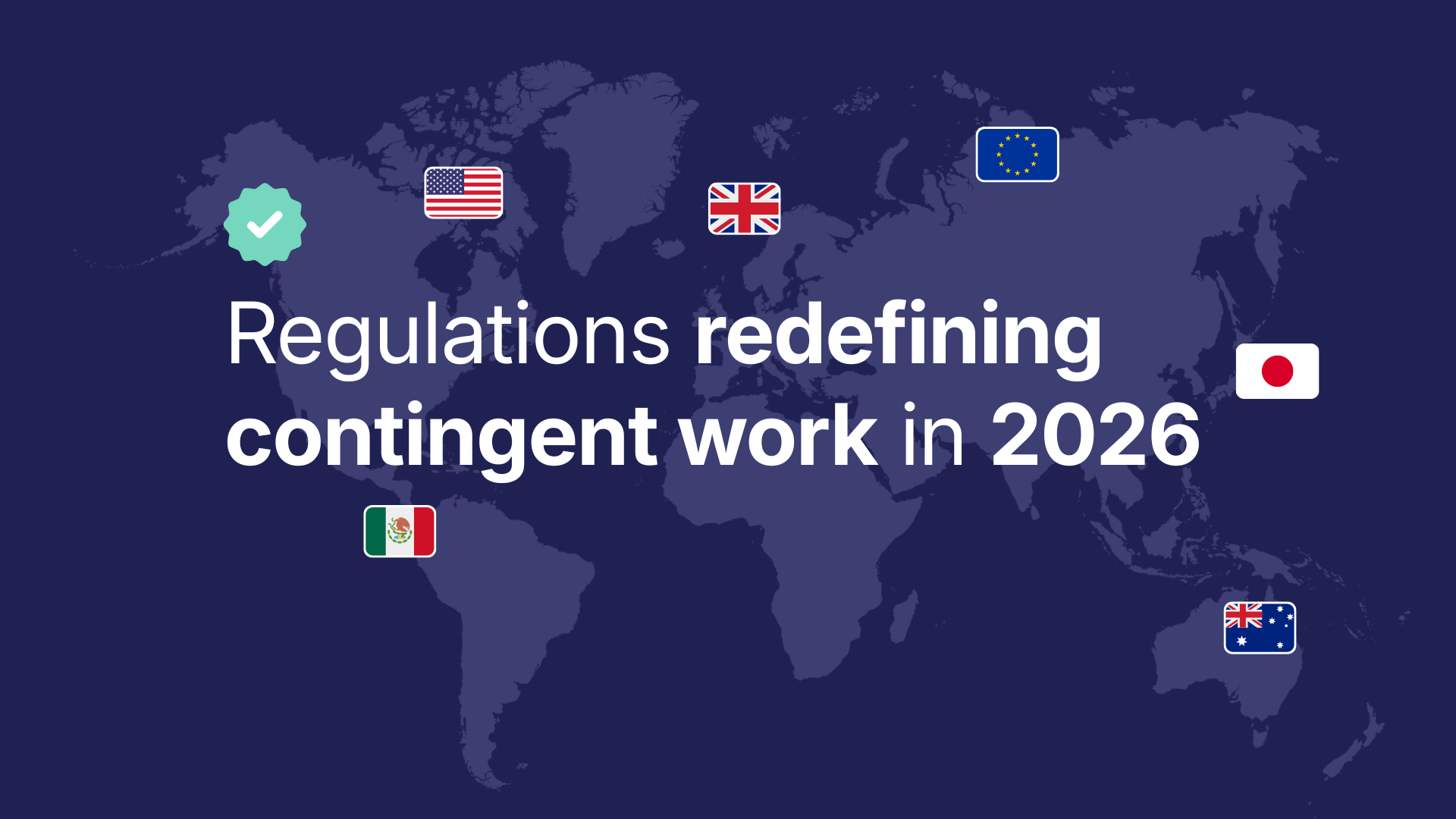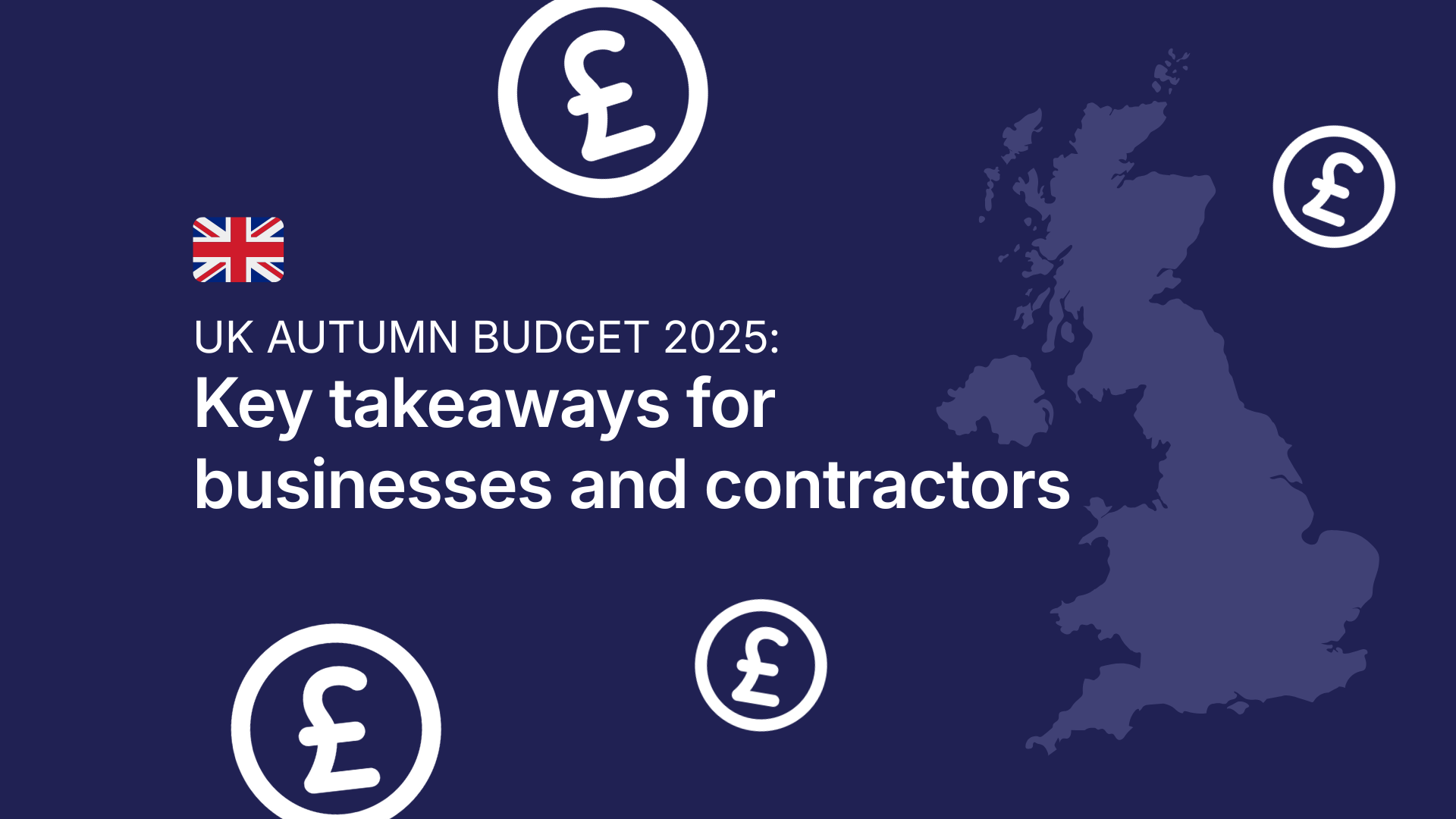Strategic workforce planning is a long-term process that involves careful analysis of the organisation's current workforce and its projected needs in terms of skills and knowledge. It aims to identify the best ways to manage your people to achieve your company goals while also helping them achieve their personal goals.
You can create a strategic workforce plan by extensively analysing your current employee base and interviewing key stakeholders from each department within your company. This involves determining how many employees are needed for each job function, gaps in skill sets among existing staff members, and what types of training might be necessary for new hires or existing employees.
Benefits of strategic workforce planning
Strategic workforce planning has become essential to success in today's dynamic and competitive business environment. The following are the key benefits of strategic planning:
Preparing for the future
From the perspective of a HR professional, the critical benefit of strategic workforce planning is to help you prepare for future changes in your business. When you plan your workforce strategically, you can analyse the current state of your business and identify areas that need improvement. This will help you create a better future for your employees and your organisation.
Analysing workforce discrepancies
One way to ensure that you’re prepared for the future is by analysing any discrepancies between what is currently happening in your company and what you want to happen. For example, suppose you know that more people will be retiring in five years than joining the company. You can plan accordingly and ensure enough people are coming to replace those leaving so there isn’t a disruption in operations or customer service levels.
Anticipate and plan for change
The world is changing rapidly, and businesses need to be prepared. A strategic workforce plan will help you anticipate and plan for future needs. This will help you avoid being caught off guard by sudden changes in hiring conditions or unexpected contingencies such as COVID, significant resignations, or natural disasters.
Flexibility
Workers are also changing, with more preferring to work from home or on the go. An effective enterprise workforce plan should consider these trends, adjusting your staffing needs accordingly. You should also provide employees with flexible work options to work remotely.
Decrease hiring costs
The next benefit of strategic workforce planning is that it can help you reduce your hiring costs. With this approach, you will know how many people you need at any given time and how much money you should be spending on them. For more help on the rates you should pay freelancers, check out our latest report on freelance day rates. You can then use these numbers to negotiate your rates with vendors or contractors and get a better deal because you know what you need from them and what they can offer in return for their compensation packages.
Reduce turnover
Strategic workforce planning helps reduce turnover. Companies need to keep their employees engaged to avoid unnecessary turnover costs. Employees are more likely to stay with their employers and perform well when they are engaged at work.
Improved recruitment processes
Streamlining the recruitment process is a massive benefit of strategic workforce planning. Having contingency workers available allows you to quickly fill vacant roles without going through the entire hiring process again. This allows you to keep your employee turnover low, which improves morale and productivity throughout your company.
Complementary skillsets
Contingent workers typically have complementary skillsets, which can be used simultaneously in your business if needed. For example, suppose one department gets busy while another is slow. Freelancers can be shifted to fill gaps in your staff roster without hiring new full-time employees or unnecessarily using up valuable budgeted resources.
Increased efficiency
A strategic workforce plan helps you make better use of your existing resources by identifying gaps in skill sets or areas where there may be too many people on staff compared to others who aren't being utilised as effectively as possible. This allows you to make adjustments, so everyone is being used as efficiently as possible without wasting money or resources on extreme positions or overstaffing departments when they don't need all those people.
Aligning HR processes with business strategy
Building a strategic workforce plan helps HR teams align their existing processes to meet business needs, which ultimately helps them become more effective in serving the business. By aligning their strategies with business goals and objectives, HR teams can better understand what is required to support their company.
Identifying talent priorities
Developing a strategic workforce plan allows HR teams to identify talent priorities based on the business's current and future needs. This will help them determine which areas need additional attention and resources to ensure optimal performance.
Linking talent strategy to organisational performance
A strategic workforce plan links talent strategy to the organisational performance by focusing on key metrics such as employee engagement, turnover rates, and employee satisfaction. When these metrics are measured regularly, HR teams can evaluate how well they meet the goals and objectives through their people practices.
Driving talent investments
Driving talent investments means assessing critical success factors, including costs, performance, and retention rates. Consider how these affect your company’s overall strategy and what actions you want to improve. You’re ensuring you have the right people in place and a plan. This will help you allocate your money wisely and ensure you don’t get caught off guard by an unexpected event.
Set strategic direction
Strategic workforce planning can help guide a company's strategic direction by identifying the skills needed and whether current employees or contractors can fill those roles. The benefits of strategic workforce planning include setting a strategic direction for your company’s human capital management strategy. This includes defining the core competencies needed for your company’s success, determining how to attract and retain talent, and developing HR policies that support business goals.
Identify opportunities
A strategic workforce plan identifies opportunities for growth within an organisation by looking at potential skill gaps between current employees and projected needs. It also looks at ways to leverage technology to help meet those needs.







